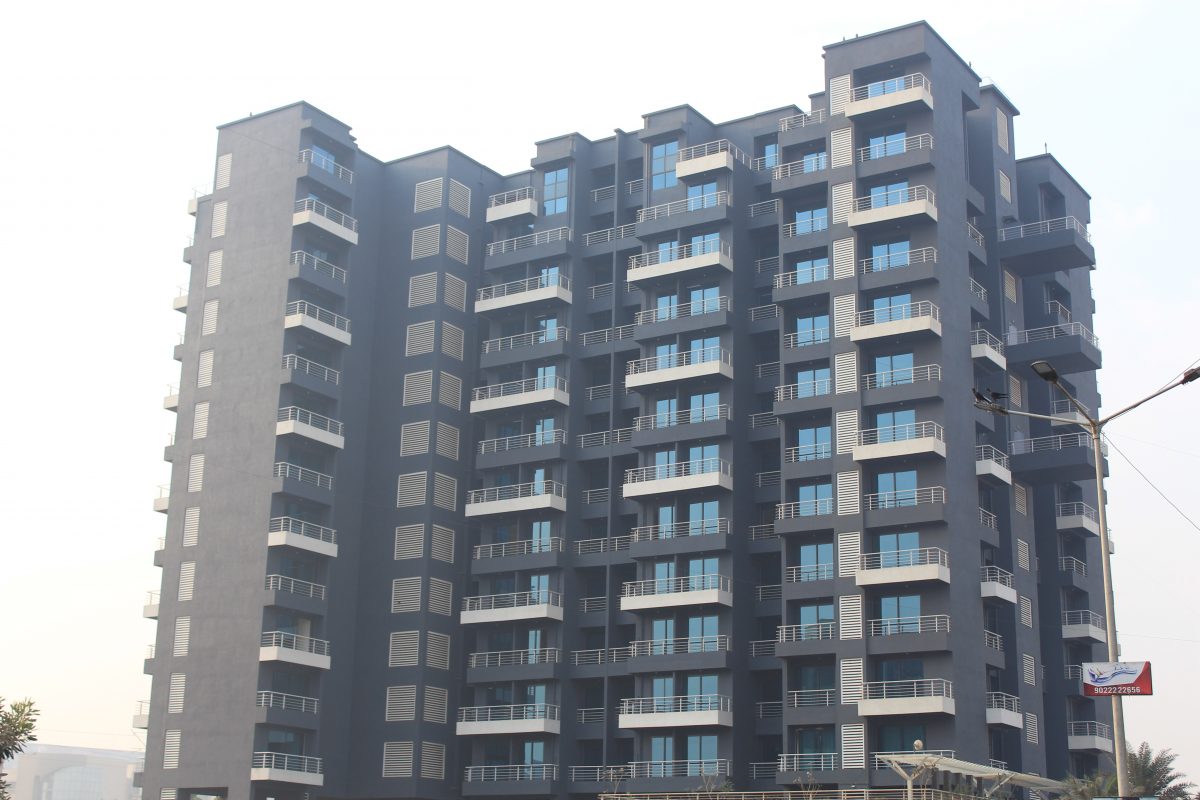When it comes to choosing a secure, safe and durable glass solution for a space, two options rise to the forefront- tempered glass and laminated glass.
However, the difference between tempered glass and laminated glass, stems from their unique features, benefits and limitations, which greatly affect their suitability for specific uses.
So, let us compare tempered glass and laminated glass in depth to help you understand which one best aligns with your project’s requirements.
Tempered Glass Vs. Laminated Glass
Offering exceptional strength, pleasing aesthetics and unbeatable quality, both tempered glass and laminated glass are good options for different applications.
The difference between tempered glass and laminated glass is characterised by several key variations. The comprehensive evaluation given below explores the fundamental differences between these glass types:
| Parameter | Tempered Glass | Laminated Glass |
| Manufacturing Process | Made by heating annealed glass to over 1100ºF and rapidly cooled with cold air blasts to create tension between the outer and inner layers of the glass. | Made by combining multiple layers of glass with a PVB (polyvinyl butyral) interlayer using heat and pressure to form a strong chemical bond. |
| Breakage Pattern | Shatters into small, blunt fragments that do not cause injury. | Breaks into sharp shards, but the glass pieces stick together, forming a spider web-like pattern which reduces the chances of injury. |
| Durability | Highly durable and can withstand higher impact. | Moderate to high but can delaminate due to water penetration, ageing and temperature fluctuations. |
| Strength | Four to five times stronger than annealed glass. | Has enhanced resistance to impact, accidents, burglaries and intruders. |
| Security | Quenching makes it super protective and resilient to impact. | The interlayer increases the glass’ strength, providing protection against forced entry and ballistic threats. |
| Heat Resistance | Offers better heat resistance and can withstand high temperatures easily. | Provides moderate heat resistance. |
| UV Resistance | Has limited UV resistance. | Offers enhanced UV protection. |
| Noise Transmission | Provides minimal sound insulation. | Efficiently reduces outside noise levels and fosters a quieter indoor environment. |
| Scratchproof | Highly-scratch resistant | Moderate scratch resistance |
| Weight | Similar to annealed glass | Heavier because of the PVB interlayer. |
| Installation | Easy to install | Requires professional installation due to being heavy and difficult to cut. |
| Maintenance | Can be easily cleaned without worry of damage. | Required minimal upkeep and maintenance. |
| Repair | Cannot be repaired and must be replaced if damaged. | Possible to repair with specialised tools in case of minor chip. |
| Applications | Suitable for interior safety applications, such as tabletops, shelves, railings, shower enclosures doors, windows, etc. | Ideal for skylights, overhead glazing, glass staircases , car windshields |
| Cost | More cost-effective and an economical option | More expensive |
| Customisation | Limited customisation options | Highly customisable |
| Energy Efficiency | Less energy efficient | Enhanced energy efficiency |
| Weather Resistance | Withstands extreme weather conditions. | High resistance against weathering and corrosion. |
How to Choose between Tempered Glass and Laminated Glass?
While both tempered glass and laminated glass offer durability, there are some points that differentiate them for specific applications.
Choose laminated glass if you are looking for:
- Enhanced safety features and benefits
- Strength and resilience
- Soundproofing
- UV resistance
- Aesthetics
- Hurricane and storm resistance
Choose tempered glass if you seek:
- Breakage resistance
- Increased safety in your residential space
- A low-maintenance glass solution
- Thermal endurance
- Better optics and clarity
Both glass types are excellent options for homeowners, builders and architects, catering to diverse project needs and budgets.
However, laminated glass offers additional perks at a higher cost, serving as a perfect choice for areas requiring advanced soundproofing, spaces sensitive to UV radiation and projects prioritising safety and convenience.
On the other hand, tempered glass is ideal for areas with moderate security requirements, budget-conscious projects, spaces exposed to heat (such as kitchens and bathrooms) and projects requiring easy maintenance.
Conclusion
When choosing between tempered and laminated glass, consider multiple factors, such as budget, aesthetic preferences, functionality and security requirements.
To ensure you make the best decision for your project, choose AIS Glass, a leading manufacturer and supplier of high-performance tempered and laminated glass solutions.
With a comprehensive range of glass solutions perfect for various applications, AIS offers customised options to meet your specific needs.
Visit AIS Glass today to explore our collection of tempered and laminated glass and enhance your project’s safety and security with dedicated support.

